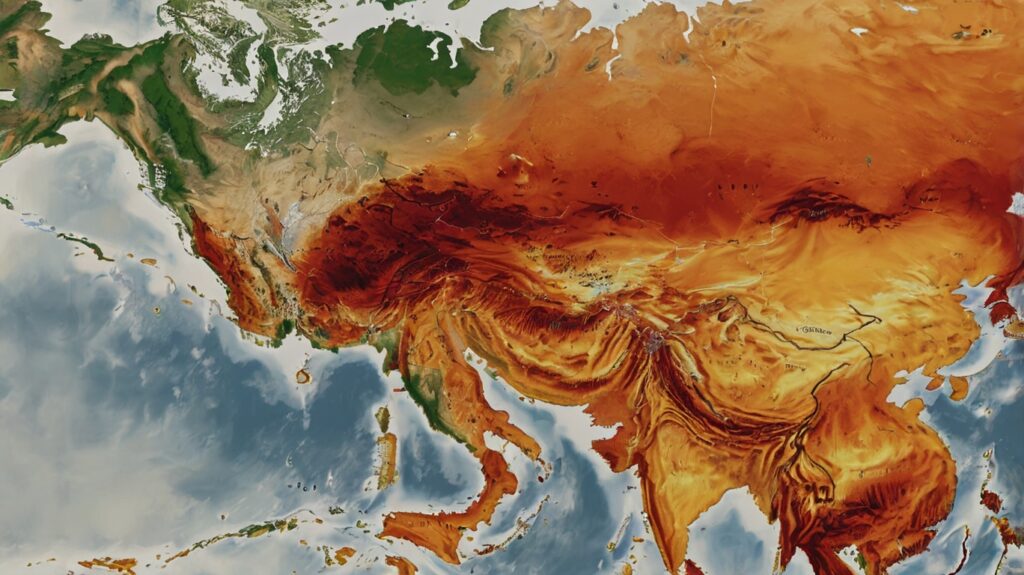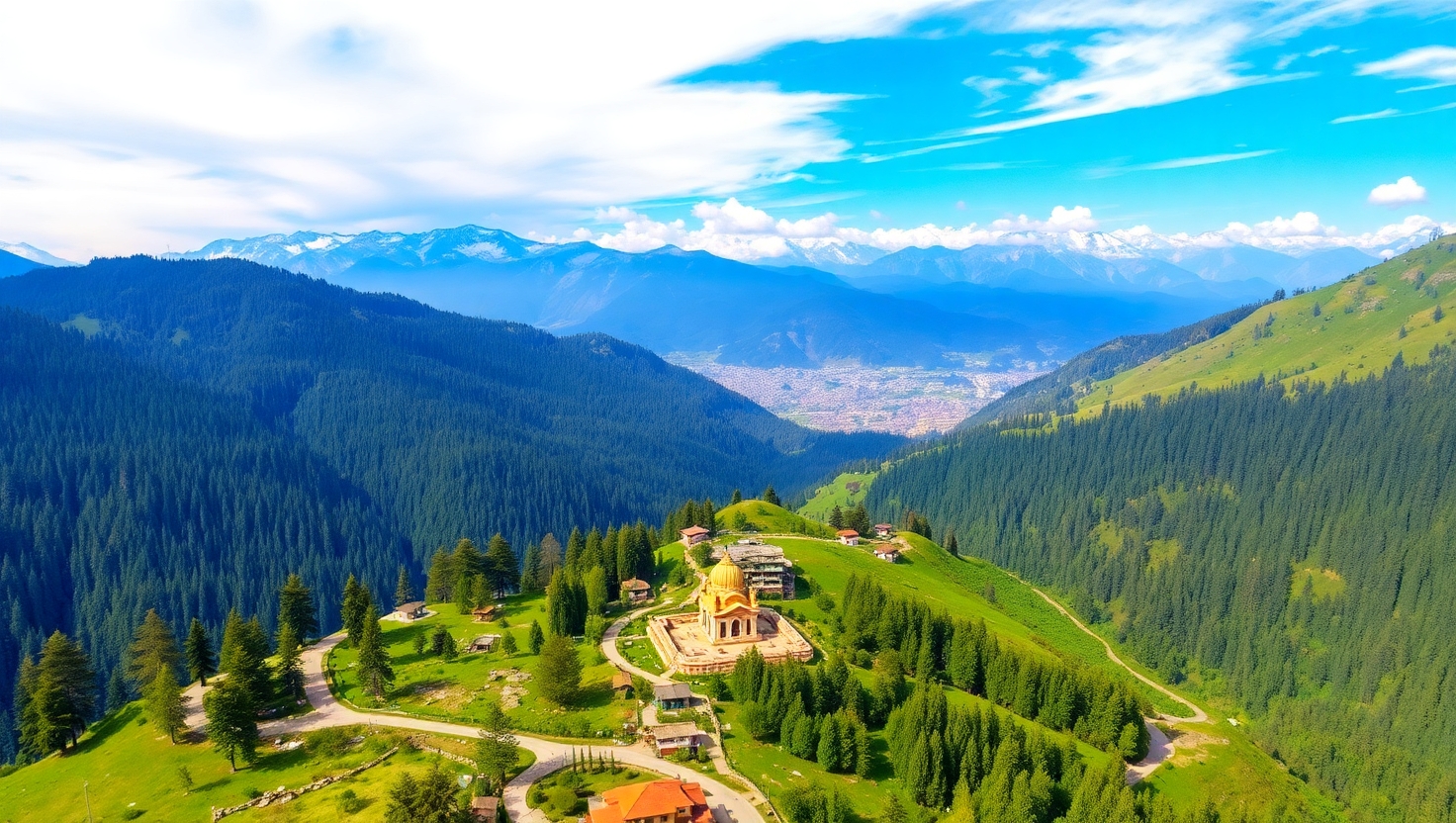World Meteorological Organization (WMO’s) State of the Climate in Asia 2024 Report
Exam Relevance: Environment GS I (UPSC)
Why In News:
According to the WMO report, India’s eastern and western coastal regions are experiencing sea level rise faster than the global average. This poses a serious threat to people’s livelihoods, infrastructure, and the environment.
Key Findings of the Report
Impact on India:
- Sea Level Rise:
- Arabian Sea is rising by 3.9 mm/year, and Bay of Bengal by 4.0 mm/year, both higher than the global average of 3.4 mm/year.
- Coastal regions within 50 km from the sea are at high risk of submergence.
- Glaciers Melting:
- 23 out of 24 glaciers in the Central Himalayas are losing ice, increasing chances of Glacial Lake Outburst Floods (GLOFs).
- Heatwaves:
- Extreme heatwaves have killed 450+ people in 2024 across several Indian states.
- Lightning Strikes:
- 1300 deaths reported due to lightning in 2024.
- On July 10, a single lightning event killed 72 people across five states.
Overall Trends in Asia:
- Rapid Warming:
- Asia is warming at twice the global average, worsening droughts, floods, and storms.
- Record Heat:
- 2024 was the second warmest year in Asia’s history.
- Long, intense heatwaves affected many countries.
- Disasters:
- More landslides and floods.
- Example: In Kerala’s Wayanad, over 350 people died after receiving 500 mm rainfall within 48 hours.
- Glacial Melting:
- Glaciers in the Himalayas and Tian Shan are melting faster, increasing GLOFs and downstream flood risks.
Reasons for Rising Sea Levels:
- Thermal Expansion:
Warmer oceans cause water to expand, raising sea levels. - Melting Ice Sheets:
Ice from Greenland, Antarctica, and glaciers worldwide is melting faster. - Greenhouse Gases:
CO₂ and other emissions from fossil fuels are heating the planet. - Ocean Currents:
Changes in currents redistribute heat, impacting local sea levels.
Consequences
For India:
- Coastal Erosion:
Shorelines are eroding, threatening homes and infrastructure. - Livelihood Threats:
Fishing, farming, and tourism in coastal areas face severe risks. - Infrastructure Damage:
Ports, cities, industries, and housing are at increased flood risk. - Climate Migration:
People may be forced to leave coastal areas due to rising seas.
For Asia:
- Island Nations at Risk:
Countries like the Maldives face severe flooding and submergence. - Urban Heat Stress:
Heatwaves are worsening in Asian cities, affecting health and infrastructure. - Agriculture Disruption:
Unpredictable rainfall and heat threaten crop production. - Health Risks:
Diseases like malaria and dengue are rising due to warmer climates.
Case Study: Nepal
- Glacier Loss:
Nepal’s Central Himalayan glaciers lost significant ice in 2024. - Increased Flooding:
More frequent GLOFs threaten hydropower stations, roads, and mountain communities.
Recommended Solutions:
✅ Coastal Management:
Build resilient infrastructure and restore natural buffers like mangroves.
✅ Emission Reductions:
Meet climate targets (NDCs) and promote net-zero emissions.
✅ Early Warning Systems:
Strengthen climate monitoring and disaster warning networks.
✅ International Cooperation:
Boost collaboration under UNFCCC and regional climate programs.
✅ Local Community Training:
Educate communities on climate adaptation and resilience.
Conclusion:
The WMO’s 2024 report highlights the urgent need for action to protect India’s coasts and vulnerable communities. Strong mitigation and adaptation strategies are essential to safeguard lives, livelihoods, and the environment.











